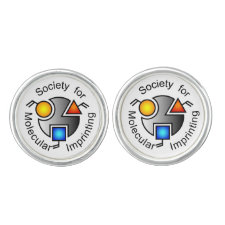
Authors: Zhou X, Gao XX, Liu MH, Wang CP, Chu FX
Article Title: A poly(5-indolylboronic acid) based molecular imprint doped with carbon dots for fluorometric determination of glucose.
Publication date: 2017
Journal: Microchimica Acta
Volume: 184
Issue: (10)
Page numbers: 4175-4181.
DOI: 10.1007/s00604-017-2448-0
Abstract: A hybrid nanomaterial was synthesized that consists of poly(5-indolylboronic acid) acting as a molecular imprint (MIP), and of fluorescent carbon dots (CDs). The combination of CDs and MIP endowed the hybrid with stable fluorescence and template selectivity. The addition of glucose causes aggregation and quenching of fluorescence. Aggregation is due to the formation of covalent bonds between the cis-diols of glucose molecules and boronic acid side groups. The fluorometric signal, obtained at excitation/emission wavelengths of 350/450 nm, varies in the 5 to 750 μM glucose concentration range, with a 0.5 μM detection limit. The assay is not interfered by various biomolecules including fructose and was successful applied to the determination of glucose in (spiked) serum. In our perception, the results make this glucose assay an attractive new tool for clinical applications
Template and target information: glucose
Author keywords: Hybrid nanomaterial, Aggregation, Cis-diols, Quenching



Join the Society for Molecular Imprinting

New items RSS feed
Sign-up for e-mail updates:
Choose between receiving an occasional newsletter or more frequent e-mail alerts.
Click here to go to the sign-up page.
Is your name elemental or peptidic? Enter your name and find out by clicking either of the buttons below!
Other products you may like:
 MIPdatabase
MIPdatabase









